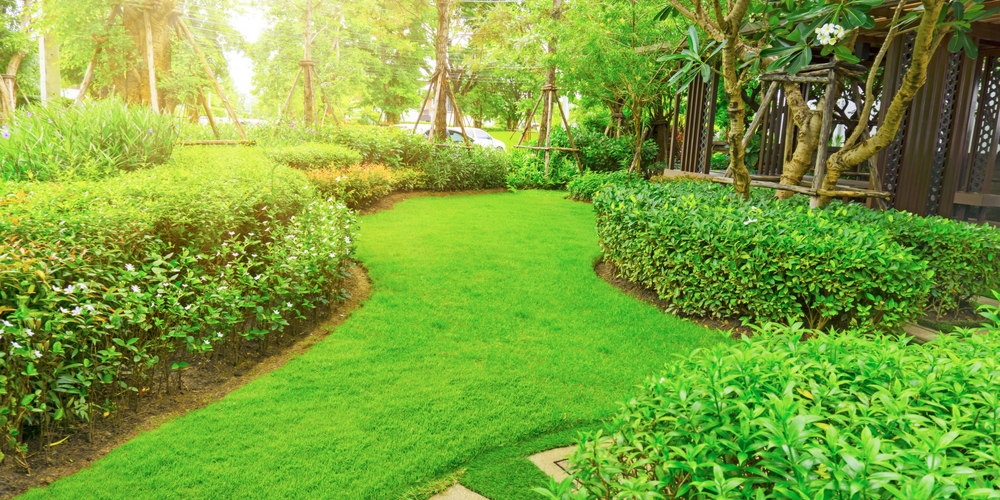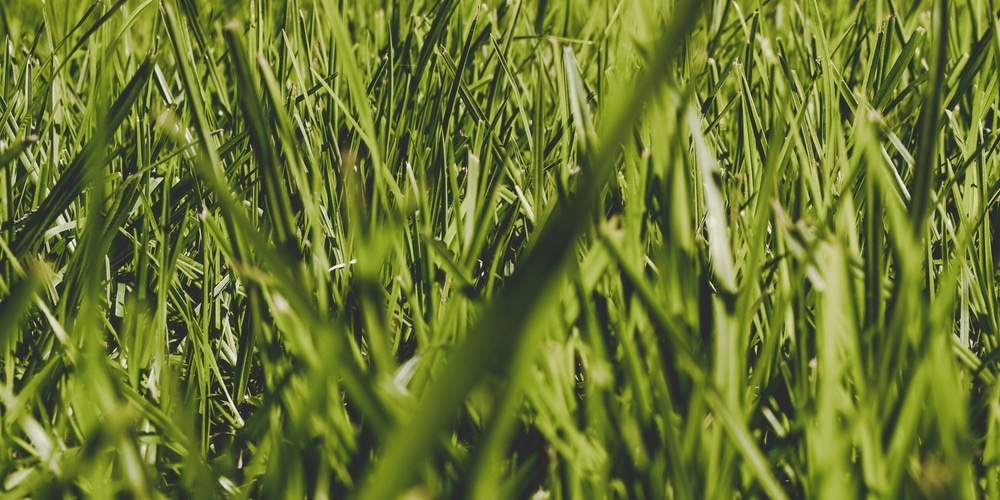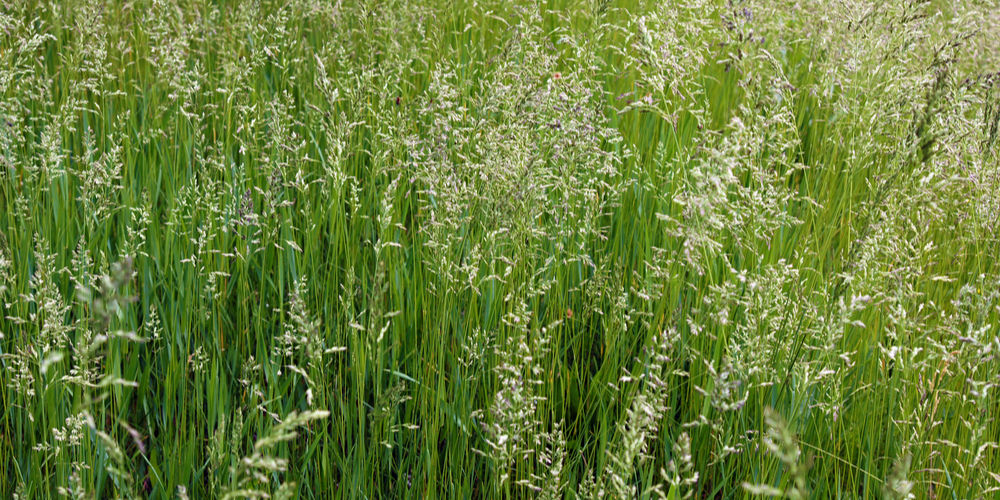A drought tolerant front or back yard must have a thoughtful design if you want to add plants that give you some pop. But no landscape design can be complete without lush green grass that makes the decorative elements stand out. Of course, your money is on the line too! The most befitting type of grass will keep maintenance costs low since drought makes water rates rise.
What is the best drought tolerant grass for Southern California? The best drought tolerant grass southern California can offer is buffalograss. A shorter alternative would be bermudagrass. But if you want that meadow-like appearance, a tall fescue blend like Idaho and Molate fescue would be your best option.
Pick Your Favorite Drought Tolerant Grasses Southern California!

1 – Bermudagrass
Bermudagrass (Cynodon) is a drought tolerant grass for southern California, commonly available in most stores. And because of many marketing efforts, you can also find several hybrid bermudagrass sods, plugs, and sprigs.
Triploid interspecific hybrids provide desirable traits that can suit your area. Usually, these hybrids are a cross between the C. transvaalensis and the C. dactylon and produce sterile seeds. But you can still sow common bermudagrass seeds when they die. Provided that the color is still similar.
Bermudagrass grows by rhizomes and stolons. That is how it spreads! On top of that, it has deep rhizomes that can reach down into the ground and make new blades appear in nearby areas. It is a tough grass that you can mow as low as 1 inch. But it acts as an invasive weed. So, if you want low-maintenance grass, opt for hybrids, which have shallower rhizomes.
2 – Blue Wildrye
Blue Wildrye (Elymus glaucus) prefers moisture, to be honest. But it is a wonderful drought tolerant grass southern California has managed to naturalize somehow. As the name implies, this species is ryegrass. And what tall ryegrass it is! It can grow as high as 5 feet tall!
Even though the blue wildrye is drought tolerant, it is not heat tolerant. So, if no moisture or shade is available in the summer, it gets dry. You can mow it or use hand pruners if you want to keep the blades tall.
This nitrogen lover plant thrives in well-drained soils. And the seeds need no pretreatment to germinate. So, it is a good candidate for sowing the bare spots under garden trees and canopies. On average, the blue wildrye usually lasts three to four years.
3 – Buffalograss
Buffalograss (Buchloe dactyloides) is a native grass that you can also find on the eastern plains of Colorado. It can grow in areas where the clay content in the soil is moderate, which makes it the best drought tolerant grass in southern California.
This grass requires full sun. But it provides significant water savings in the landscape. Rather than the usual three waterings per week, buffalograss only needs one per week to look luxuriant. And it can go through long drought periods without dying.
Buffalograss usually grows to about 3-6 inches tall and requires little care. You can even mow it once per summer to reduce mowing. On a final note, this species makes runners that go across the ground surface for propagation. So, it will fill bare spots on its own. But for the same reason, it is best used for medium-traffic areas.
4 – Idaho Fescue
Idaho Fescue (Festuca idahoensis) is a popular, native, drought tolerant grass in southern California. So much so that you can find several selections, some of which are a little bit more blue or green.
This tall fescue enjoys full sun, and most selections available in nurseries have slightly different characteristics that go beyond the leaf color. You can also find blends that include other tall fescue seeds, which will balance each other to suit different needs.
Most no-mow blends tolerate 50% shade and require a lot less water than any other grasses. But on the negative side, a lawn made of tall fescues is not the ideal area to play football or any other sport.
Cold temperatures promote germination in older seeds. So, if you store its seeds for more than three months, wait until the temperatures drop at 39F (4C) before sowing.
You may also like: When to Plant Tomatoes in California

